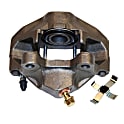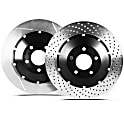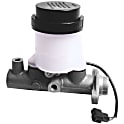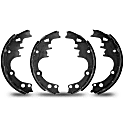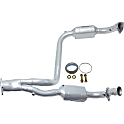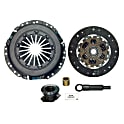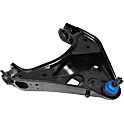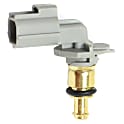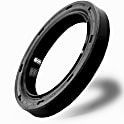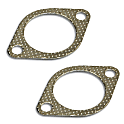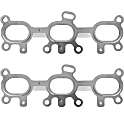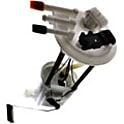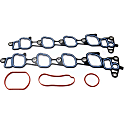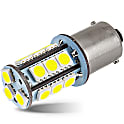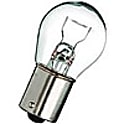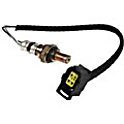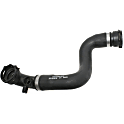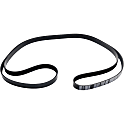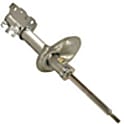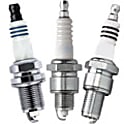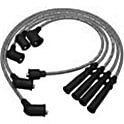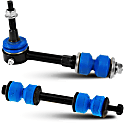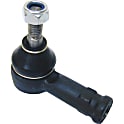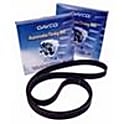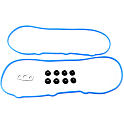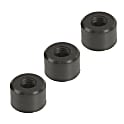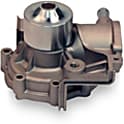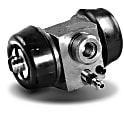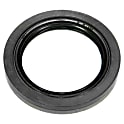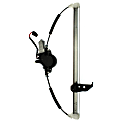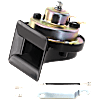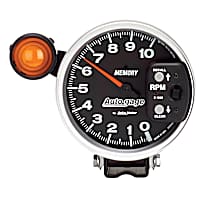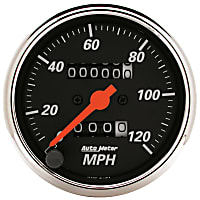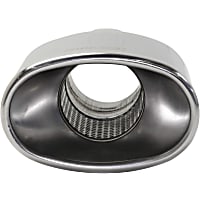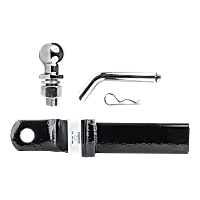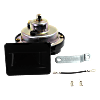{
"lazyNodes": false,
"abFitnotesFlag": false,
"abCrawlReviews": false,
"productOptionsCookie": false,
"orderDelayFlag": false,
"skipSessionCookie": false,
"covidMessage": false,
"fullTitleCookie": false,
"nrLoggerCookie": false,
"checkoutReviewCookie": false,
"productOptionSeqCookie": false,
"maintenanceFlag": false,
"bufferETACookie": false,
"multiShippingDiscountFlag": false,
"newFitmentFlag": false,
"surveyOptInFlag": false,
"crossSellFlag": false,
"skuMappingFlag": false,
"paySplitCookie": false,
"callDisableFlag": false,
"zipPaymentFlag": "u",
"hassleFreeReturn": false,
"lifetimeReplacement": false,
"cpn_off": false
}
Suzuki Sidekick Parts & Accessories
Find the right parts fasterSelect Your Vehicle Part
Top Rated Products
Popular Products
Product Questions & Answers
Shopping for Suzuki Sidekick Parts
1989 marked the launching of Suzuki’s first compact four wheel drive SUV. It was initially released as a two-door vehicle in convertible or hardtop. Its dimensions are a little larger than the Suzuki Samurai, but remained a lot denser than the other four wheel drive vehicles offered by Suzuki. Despite its compressed structure, the Sidekick remained true to Suzuki’s tradition of delivering reliable off-road vehicles.
1989-1992: Experimental stage
The first engine offering came out in 1.3 liter JA; this remained as the base engine on Suzuki Sidekicks from 1989 to 1990. A more powerful four wheel drive was also offered as an upgrade; trim choices that came with it were the base JX and the more upscale JLX. During the late months of 1989, an 80-hp 1.6 liter, 8-valve, four cylinder engine became available to cater to the demands of the performance-seeking drivers.
In 1991, the base two-door Sidekick received a chassis revamp. The wheelbase was lengthened to make way for a four-door Sidekick offering. Even the engine received an upgrade when a 95 horsepower, 1.6 liter, 16-valve engine was introduced. 1991 also marked the introduction of rear antilock brakes for the Suzuki Sidekick.
Aside from the power boost that was introduced during the late part of 1991, the 1992 model year also boasted of dual overhead camshafts and automatic-locking front hubs. Although the JL four-wheel drive convertible option was dropped during that time, a two-wheel drive JS four-door Sidekick arrived. The three-speed unit remained for the four-wheel drive two-door models, but it was also during that time when a four-speed automatic transmission was optionally installed in four-door models.
1993-1995: Minor updates
During the 1993 to 1995 model years, the design and engine of the Suzuki Sidekick was somehow on a limbo. Primarily because, the initial concepts during the experimental stage proved to be a big hit in the market. In 1993, a few trim changes took place. In 1994, an antitheft alarm, tilt steering column, and center high-mounted stop lamps became the norm. In 1995, the two-door JX convertible models made the 95 horsepower engine as its base. The two-doors also received an update with their convertible tops, zip-out plastic side windows became standard.
1996-1998: Keeping up with technology
The Suzuki Sidekick struggled to keep up with the vast expansion of automotive technology. In 1996, the Sidekick was installed with dual airbags, and a four-wheel antilock braking system.
The new Sidekick Sport model was also introduced in mid-model year. It received an upgraded 1.8-liter engine that produces 120 horsepower. All the other models, however, maintained the original 95-horsepower engine. The Sport model featured a longer nose, fender flares, two-tone paint, 16-inch tires, and a wider general stance. The four-wheel antilock brake system was provided as an option.
In 1997, A new model called the JX Sport wagon joined the lineup. It was a sleeker and a more upper-class version of the previous Sidekick Sport. Automatic-locking front hubs were standard on the JX Sport, while all the others have manual-locking hubs.
The 1998 model year saw no changes from the previous year. This was in preparation for the all-new 1999 version of the Sidekick, which would be rebranded as the Suzuki Vitara.
There are many reasons to love your Suzuki Sidekick—it’s affordable, inexpensive to run, and surprisingly tough. But even an SUV as efficient and reliable as a Sidekick can succumb to wear and tear as it puts on the years. Fortunately, you can restore it to like-new condition by replacing the old parts. Here at CarParts.com, we have a wide selection of durable replacement Suzuki Sidekick parts available at competitive prices to get your SUV back on the road.
Suzuki Sidekick: Commonly Replaced Parts
Many owners have reported problems with Suzuki Sidekick transmission parts like the transfer case. This part could bind and take damage while driving on a dry road surface with 4WD mode engaged. The transmission could also make worrisome noises–some manual transmissions reportedly did this while in reverse gear, while automatic transmissions could whine when going over 50 miles per hour.
Aside from its transmission parts, the Suzuki Sidekick could also develop problems with its car pedals. Its clutch pedal could drop to the floor while its accelerator pedal could get stuck. Problems with the clutch and accelerator pedals would make driving the Sidekick much less pleasant.
Good thing you don’t have to put up with the inconvenience of driving a damaged Suzuki Sidekick. You can replace the failing or damaged parts of your SUV to make it drive like new again. At CarParts.com, we’ll help you find the exact replacement components you need, so you can get your Suzuki back in tip-top shape.
Suzuki Sidekick Aftermarket Parts
There’s no difference between OE and aftermarket parts for the Suzuki Sidekick in terms of quality. Replacement aftermarket components follow OE specs and go through the same quality control processes during manufacturing, ensuring their durability and safety. If you’re trying to save some money, going for aftermarket replacement parts is a good idea because they are usually available at a lower cost than their OE counterparts.
Another advantage of shopping for aftermarket parts is the sheer number of options available to you. You can choose from different accessories and performance parts to upgrade your Suzuki Sidekick.
Why Buy Suzuki Sidekick Parts Online from CarParts.com
Here at CarParts.com, we have an extensive Suzuki Sidekick parts catalog that includes stocked with parts manufactured by the industrý’s top brands. Products are competitively priced, so you can save big on much-needed repairs.
Ready to shop? Enter the model year of your Sidekick in our vehicle selector to narrow down our catalog to parts that fit your application. Remember to consult your owner’s manual or a mechanic to ensure you have the correct specifications for your vehicle. Check out our wide selection of Suzuki Sidekick parts today and have fun shopping!

